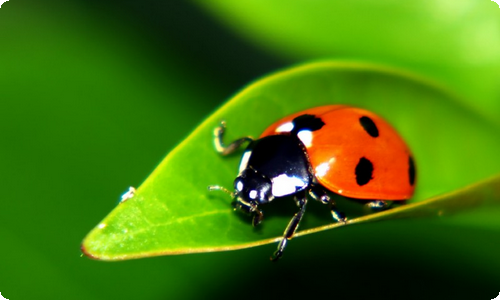英语短文欣赏:Scientific American

英语短文欣赏:Scientific American
Forty-six million years ago, northwest Montana was a tropical forest of giant ferns, conifers and ginkgos. Tiny primates lived there, as did rhinos and horses and crocs. Along with some less charismatic creatures: mosquitoes.
One of those millions of mosquitoes was then blown onto the surface of an ancient lake. Unable to lift off, it eventually sank to the bottom. And became a fossil.
The fossil mosquito was recently found. And analyzed. Scientists found that its belly contained iron, bound up in a molecule called heme—the compound in blood that carries oxygen. So it appears this sucker died and fossilized with a bellyful of blood—the only known specimen. The findings appear in the Proceedings of the National Academy of Sciences. [Dale E. Greenwalt et al., Hemoglobin-derived porphyrins preserved in a Middle Eocene blood-engorged mosquito]
Now I know what you're thinking. "This fossilized tree sap waited for millions of years, with the mosquito inside. Until Jurassic Park scientists came along."
Well, not quite. DNA breaks down too quickly. And this skeeter lived 20 million years after dinos went extinct. Though researchers say it may have dined on birds--which are, in some sense, blood relatives.
—Christopher Intagliata

文档为doc格式



